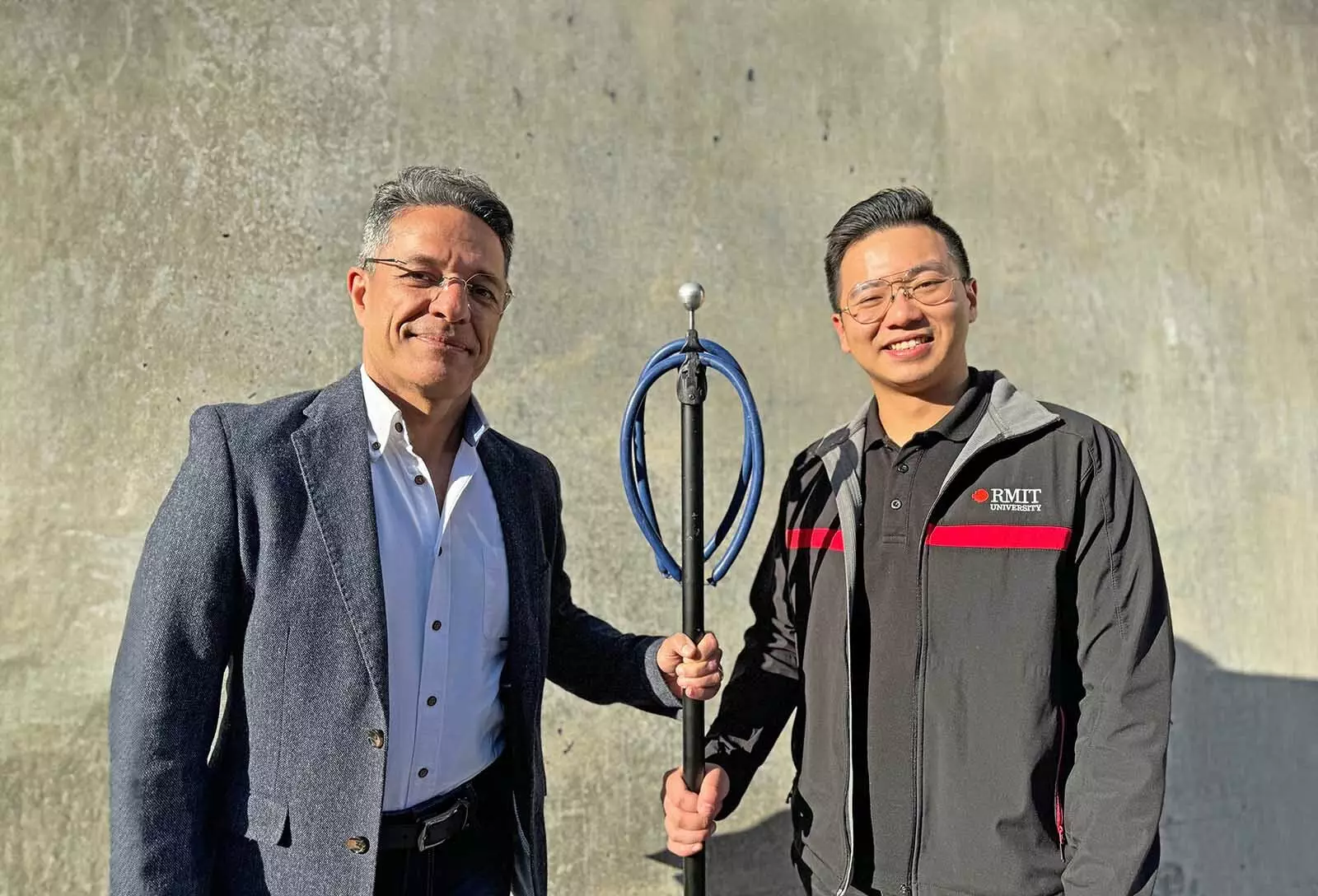In a recent development, Australian engineers have introduced a groundbreaking new device that promises to revolutionize soil testing for offshore wind farms. This device, based on a modified speargun, offers a cost-effective and efficient solution for obtaining valuable data on seabed soil composition.
The Need for Innovation
Traditionally, soil testing for offshore wind farm projects involved winching or dropping probes known as penetrometers from support vessels. However, in shallower waters, these methods are less effective in penetrating sandy seabeds. At the same time, heavy-duty probes capable of carrying out the necessary tests can be prohibitively expensive, costing up to AU$200,000 per day.
The engineers at RMIT University conducted extensive testing with their newly developed device, using various probe tips in different sand mixes within a water tank. They utilized an array of sensors and high-speed cameras to capture the results of these tests. The outcomes of their experiments, published in the Canadian Geotechnical Journal, indicated that the device could achieve twice the penetration depth of existing lightweight probes and was significantly more cost-effective than heavy-duty alternatives.
Lead author Junlin Rong highlighted the device’s potential to transform site investigations for wind farm projects. The device demonstrated greater penetration capacity in laboratory settings, particularly in high-density sandy materials. Moreover, its environmental friendliness allows for the retrieval and reuse of probes after data collection, minimizing disturbance to the seabed. Engineers can also retrofit existing probes with this new launching system, offering a cost-effective solution with minimal investment.
While conventional cone penetration testing methods will remain prevalent, the new device has the potential to significantly reduce the number of expensive tests required, leading to substantial cost savings. Professor Majid Nazem, a Geotechnical Engineering expert at RMIT, expressed readiness to conduct field trials and collaborate with industrial partners to further evaluate the device’s performance in offshore geotechnical engineering applications.
The innovative device developed by RMIT University promises to streamline soil testing processes for offshore wind farm projects, offering time and cost savings while delivering superior results compared to existing methods. With its potential to revolutionize the industry, this device represents a significant step forward in enhancing the efficiency and effectiveness of site investigations in marine environments.


Leave a Reply